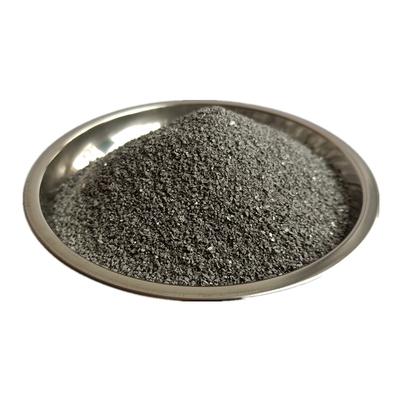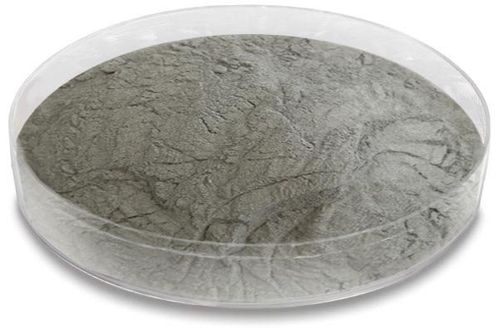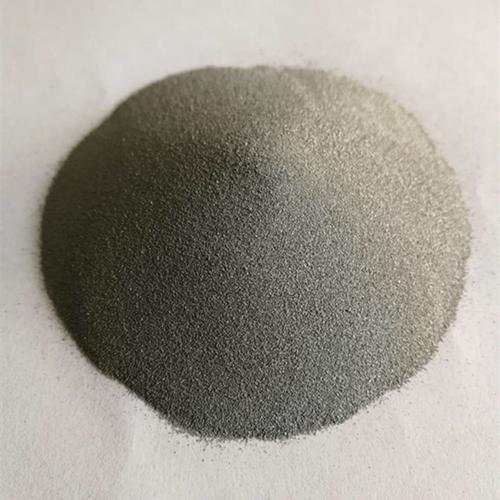**The Secret Life of Metal Powder: From Sci-Fi Dreams to Everyday Magic**
(What Is Metal Powder)
Imagine a material so versatile it builds rocket engines, 3D-printed jewelry, and even the phone in your pocket. Meet metal powder—the tiny, unassuming particles quietly shaping the future. If you’ve never heard of it, you’re not alone. This stuff hides in plain sight, doing big jobs while staying small. Let’s dig into what makes metal powder so special.
First off, metal powder is exactly what it sounds like: metal crushed into fine grains. Picture flour, but instead of baking bread, it’s used to bake parts for cars, planes, or medical tools. These particles can be as small as a speck of dust or as coarse as sand. They come from all kinds of metals—iron, aluminum, titanium, even gold. The magic isn’t in the metal itself but in how we use these powders.
People have tinkered with metal powders for centuries. Ancient civilizations mixed copper powder into dyes for shiny pottery. The real breakthroughs came later. In the 1800s, scientists figured out how to turn metal into powder efficiently. Fast-forward to today, and we’re using it to print 3D objects, coat surfaces to prevent rust, and build lightweight parts for spacecraft.
Making metal powder isn’t simple. One common method is called atomization. Melt the metal, then blast it with a high-pressure gas or water jet. The liquid metal breaks into tiny droplets that cool into powder. Another method uses electricity. Pass a current through a metal solution, and the metal collects as powder on an electrode. The goal is always the same: control the size and shape of the particles. Smaller grains mean smoother finishes. Irregular shapes help powders bond better when heated.
So why bother turning solid metal into powder? One word: flexibility. Melted metal can only be poured into molds. Metal powder can be pressed, sintered, or even glued layer by layer. Take 3D printing. A machine spreads thin layers of metal powder, then a laser melts it into precise shapes. Repeat this thousands of times, and you get a complex part—like a turbine blade—that’s stronger and lighter than something carved from a block.
The uses are endless. Aerospace companies love metal powder for building fuel-efficient engines. Car makers mix it into parts to reduce weight and save energy. Doctors use it for implants that fuse with bone. Artists sculpt intricate designs that would be impossible with traditional tools. Even your smartphone likely contains metal powder in its circuits or casing.
The future looks brighter. Researchers are experimenting with nano-sized metal powders for super-strong materials. Others are developing ways to recycle metal waste into high-quality powder. Imagine a world where old cars are ground into powder and reborn as new products. Sustainability meets sci-fi.
Not everything is perfect. Handling metal powder can be risky. Some types catch fire easily or harm your lungs if inhaled. Factories need strict safety measures. Costs are another hurdle. Making ultra-fine powders requires expensive equipment. Still, as technology improves, these challenges shrink.
(What Is Metal Powder)
What’s next? Maybe 3D-printed homes using metal powder frames. Or custom medical devices tailored to your body. The possibilities blur the line between imagination and reality. Metal powder isn’t just a material—it’s a toolkit for innovation. Every grain holds potential, waiting for the right idea to unlock it.
Inquiry us
if you want to want to know more, please feel free to contact us. (nanotrun@yahoo.com)


